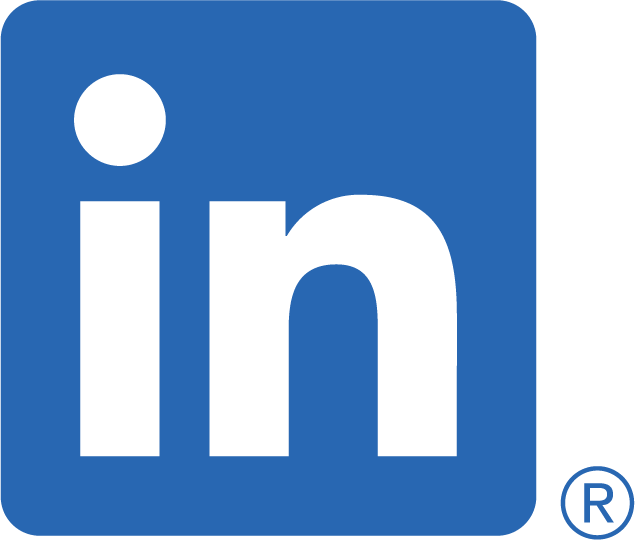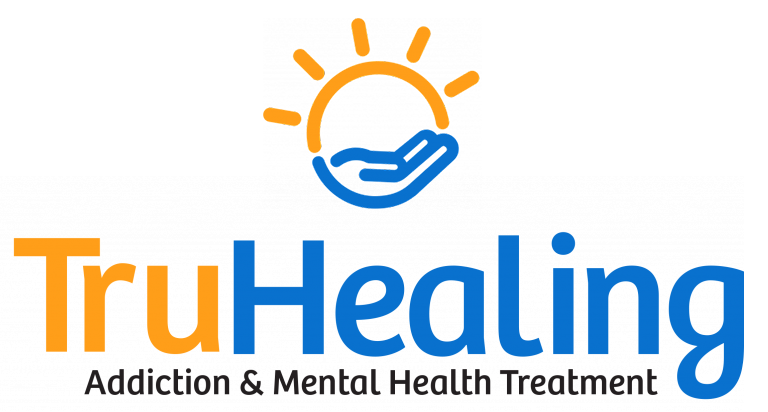I spoke over Zoom with Thomas McCarry of Zero Overdose, an organization he cofounded that offers psychoeducation about overdose prevention to providers and communities. We talked about his organization, providing individualized overdose prevention strategies, and how communities can work together to reduce overdoses.
I was looking at Zero Overdose, and it’s incredible and very necessary. Can you explain a little about the organization and how it got started?
Sure, sure. My cofounder Verna Little and I were working in a federally qualified health center, one of the largest in New York state. We saw that there was this increase in overdose deaths, and that they were within identified risk populations: people that were in an early parenting group, people who were coming out of incarceration.
We were looking at what types of tools and resources were out there for overdose prevention, and there was just a gap; it was either treatment or Narcan. That didn’t really meet the needs of everyone, and it wasn’t reaching people soon enough.
We started looking at what types of care pathways there were for other forms of preventable death. There has been so much research and evidence-based practices related to suicide prevention, so that’s where we decided to start. We modeled the suicide safety planning to something which was more tailored to individualized harm reduction and overdose prevention strategies. Not just handing someone a general list of harm reduction and overdose prevention strategies, but going much further and learning about the individual’s unique risk factors. Our goal was to provide tailored psychoeducation, and to support that through traditional behavioral health and primary care settings.
That’s interesting; my next question is related to that. I know that people’s triggers and the coping skills that will be effective to them are so individual. How do you balance training people to give individualized care versus the coping strategies that have proven effective?
That’s a great question. What I can say is that [what I spoke about before] was the origin story—within traditional healthcare settings—but since then we’ve really expanded to use overdose safety planning in community-based organizations. Seeing what that looks like from a whole community approach, where we’re training first responders, drug courts, probation. Really looking at anyone who’s working with people at risk for overdose, as this could be a valuable entry point to talking about overdose prevention and harm reduction.
Each has some unique challenges as to the question you asked: how do you train people to work with individuals and help them develop personalized strategies? That can be very different in different settings.
You would think that this would work seamlessly in substance use treatment programs because they’re already having conversations about substance use, but sometimes it can be a challenge. Many people who are working in substance use treatment are there because of their own personal experiences, and perhaps come from and survive by an abstinence-based approach.
Some people are more open to it, and other people may see a discrepancy between trying to help people get sober but also talking to them about safer use practices. That discrepancy needs to be resolved, so there are different ways of working with individuals and also helping staff that are trying to navigate this.
But we know that in order for people to be able to get into recovery, you need to have safer use.
Right, nobody gets into recovery if they’re dead. We have to look at it from a human, compassionate approach. While we can support people with whatever their goals are, we can’t just put our head in the sand and say that we don’t talk about overdose prevention. Successful implementation also includes having buy-in from senior leadership, and talking with the staff to get an understanding of the cultural approach. Bringing everyone to the table in the interventions.
So it’s not just individualized with the triggers and coping skills that people have, but also for the organization that you’re working with.
Yeah, and that gives the opportunity for the champions who are already doing this kind of stuff to speak up. There are people who have been having these types of conversations for decades. It’s bringing the voice from within the community—that includes staff and systems—and hearing from the people who are most invested.
I don’t know if you’re familiar with Arms Acres Conifer Park, it’s one of the largest residential treatment programs in New York state. Just before COVID, we were going to roll out a pilot with them to have people complete an overdose safety plan at the time of intake. That can also be challenging—adding anything to an intake—because they’re already really full. But having that integrated into their treatment along the course of their stay is bridging both.
While you’re in treatment, you can think about what it was like before you were there and consider what your risk factors might be when you leave. The hope was that having a more direct conversation around overdose prevention would increase the likelihood that someone follows through to the next point of care.
I was going to ask if you talk about relapse prevention and follow-up in the trainings.
Yeah, and one way we can make it a little more palatable is to say, ‘What can people do in the event that they resume use,’ versus ‘What are you going to do when you start using again?’ People can be like, ‘What, you don’t think I’m going to make it?’
You can give a lot of credit to individuals. They are their own true experts. They may be very open to acknowledging that this has been a rocky road for them, that there have been times of abstinence and times of resuming use. So helping them think about those periods of time and what they could do or have done to prevent dying from an overdose—or ideally avoid having the overdose in the first place.
And what does a typical training session look like? I know you make them different for each place.
Yeah, so we recently started offering a two and a half hour overdose safety planning specialist course. It’s obviously easier to get people to show up for an hour, or an organization says, ‘We want to do this; we’ve got a staff meeting that’s an hour and a half.’ But we found that it was really crammed with information.
You’re providing an introduction to harm reduction, weaving in motivational interviewing, then also explaining what the safety plan is and the steps for completing one. It doesn’t allow for much conversation. It isn’t very interactive. It ends up being a one-and-done training; we come in and do the training and go away, and we don’t really have much feedback from the organization or the providers.
Making that more expanded gives us the opportunity for a lot more interaction. We go through case presentations and vignettes. We have the participants walk through the development of the safety plan, and practice what it sounds like to even introduce the conversation.
We’ve also moved the interaction portions to much earlier in the training. The first training that I did, we did the practices at the end. It was three hours, and I had basically been talking about harm reduction for two hours. Then we did this introduction of a case study, and I said ‘Okay, so what recommendations might you have?’ Everyone was like, ‘Well, maybe she doesn’t go to the party,’ or, ‘She goes, but she doesn’t use any drugs.’ I’m like, ‘We’re going to assume that she wants to go to the party and that she’s going to use drugs.’ That was eye-opening to me. So we get people talking sooner, to start to flesh out if people are not on track.
Yeah, to see where they’re at.
It’s about creating a safe environment. How do we really demonstrate that this is a safe place to talk about things? Many people have experienced that being honest about their substance use has negative consequences. We have to acknowledge that there’s been trauma, that there’s been misuse of information. How do we embody a person-centered way of giving care and show them that there’s no wrong door? How do we help people at the moment they’re reaching out to us?
Do you ever work with individuals who are at risk for overdose, or is it mostly organizations?
So far, our work is not in direct care. It’s more working with treatment programs and community-based organizations—and looking at state and local governments—to help create a Zero Overdose community.
We’re actually working with Tulsa, Oklahoma to develop a very systemic approach—to have trainings in their drug courts with their district attorney, with their firefighters, with their methadone programs. Really the whole spectrum of care, and how it’s all different but can work together.
I was going to ask if it’s just New York, but you’re saying you work with other states.
Yeah, definitely. We do a lot of work with the National Council for Wellbeing, formerly the National Council for Behavioral Health. They do a lot of work with community-based organizations and have grants through SAMHSA, the CDC. We do learning communities and echo projects with them.
I was just up in Alaska last month and did a presentation with the Alaska Behavioral Health Organization. We’re also partnering with an organization in Puerto Rico to apply for open settlement funding there.
It’s exciting. We get to talk with people across the country and get an understanding of how it’s similar and different.
Yeah, that’s really cool. And how can people get involved with your work?
Checking out our social media, our website. Following us on social media or signing up for our mailing list is a great way to stay in touch.
We routinely have free introductory webinars for organizations to learn what we do. The next one will be on our website in the “upcoming trainings” tab. Then we also offer overdose safety planning specialist trainings. The next one’s going to be in early May and that’s a two and a half hour training. That’s really the capstone of what we’re able to do at this time, and it’s available for individuals and organizations. We can arrange small group trainings and be flexible to the needs of an organization. If there are associations or groups, we can also do introductory webinars and just provide some information.
I also always encourage organizations to think about availability for funding. We love working with people to apply for opioid settlement funding, state and local initiatives. That’s also a great way to partner.
Is there anything we didn’t talk about that you want to add?
What I’d like to say first is that we’re in an epidemic. It’s really important that every system is doing what they can towards the cause. Thinking of COVID or other epidemics, everyone comes together, and it really has that community support. We have the opportunity to say, ‘Well, how is overdose different,’ to think about the stigma that is related to substance use and how we overcome that. There is a discrepancy between the available resources for other forms of preventable death and those for overdose prevention.
Part of all this is trying to mobilize anyone who is in the position of making an impact towards overdose prevention. Further upstream than Naloxone and Narcan, which is super important, but that’s when someone’s already had an overdose. There are interventions that can be done to prevent overdoses in the first place, which should be the aim. When we think of overdose prevention, oftentimes we’re thinking about preventing people from dying from overdose—which is the safety net and essential—but we can do so much more.








